Badminton is a sport that requires speed, agility, and coordination. But of all the skills required to master the game, what is the hardest skill? Is it keeping your eye on the shuttlecock? Or making split-second decisions? We asked badminton experts to weigh in on what they believe is the hardest skill in badminton. Here’s what they had to say.
Defining the hardest skill in badminton is difficult because there are many different aspects to the game
When it comes to discussing the hardest skill in badminton, there is no single answer that can be given. Every part of badminton, from serving and returning to rallying and net shots, requires a different set of physical and mental abilities that can make it difficult to choose a specific skill. This challenge becomes compounded when players have different playing styles, as someone who prefers to attack craftily at the net may struggle on defense while baseliners are able to rally for long periods of time. In the end, whether you pick precision or endurance—or somewhere in between—the hardest skill in badminton can be whatever poses the greatest challenge to each individual player.
Some people might say that serving is the hardest Badminton skill because it requires accuracy and power
Serving is indeed one of the toughest skills to master in Badminton. Not all serves are created equal, and arcing a shuttlecock over a six-foot net at lightning speed requires both accuracy and power. From lightning fast smashes to intricate drop shots, placing the shuttlecut in the exact right spot can be incredibly difficult and takes lots of practice. The best servers have a keen sense of court awareness, honed reflexes, and can adjust their serve depending on how their opponent responds to the birdie—all necessary components when trying to perfect a swift and accurate serve. Though it may not be easy at first, with some practice anyone can learn this vital skill necessary for any level of competitive badminton.
Others might say that returning a serve is the hardest Badminton skill because you have to be quick and react quickly to your opponent’s shot
Most players would agree that returning a serve in Badminton is an especially difficult skill to master. It requires you to have sharp reflexes and quick reaction time, as well as good anticipation of where the shuttlecock will go. Experienced players know that when the shuttlecock is served at a particular angle or speed, they need to be ready to respond immediately with their own shot. There’s no time for thinking–you have to rely on your training and experience to guide you in order to successfully return a complicated serve. Although this ability may take time and practice, it is what makes badminton so immensely exciting for everyone involved!
There are also those who might say that smashes are the hardest Badminton skill because they require a lot of strength and coordination
The badminton smash is widely heralded as one of the toughest skills to learn. It requires immense amounts of strength and coordination; not to mention the intuition it takes for a player to know when, how, and where to execute the shot at just the right moment. There are also those who might suggest that smashes are the hardest Badminton skill out of them all. It undoubtedly involves a tremendous amount of practice and training – more than any other skill shot – until one has the correct technique down pat. In truth, without mastering this move, there’s no way one can become an elite badminton player. Therefore, if you’re looking to take your game to new heights, you’d better make sure that your smashes are up to par!
No matter what people say, the hardest skill in badminton is undoubtedly practice – without it, you will never improve your game!
Practicing badminton is widely recognized to be the most important part of developing skills in the sport. You can try as hard as you want, but without the dedication to drill shots, movements and strategies into your muscle memory, you will never be able to implement them effectively during a game. Understanding the fundamentals of technique and applying drills in a practice environment are integral components for any athlete trying to improve their game, no matter what your peers may say! Consistent practice will make perfect over time and you’ll gradually have more control and confidence in your badminton abilities as you develop.


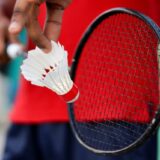
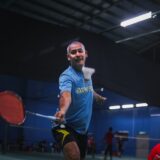

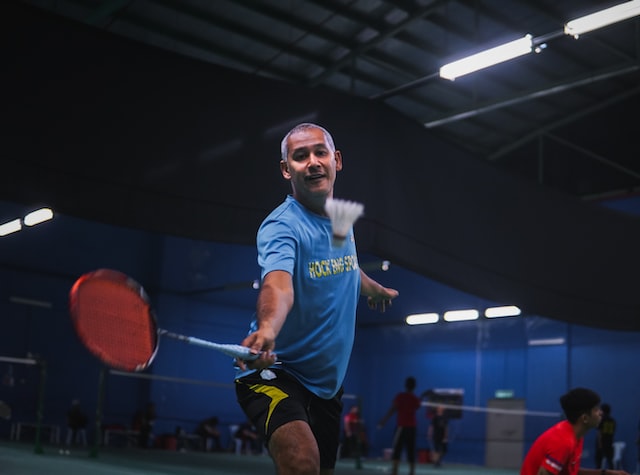
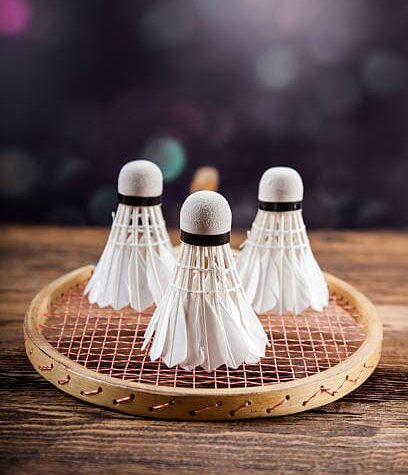
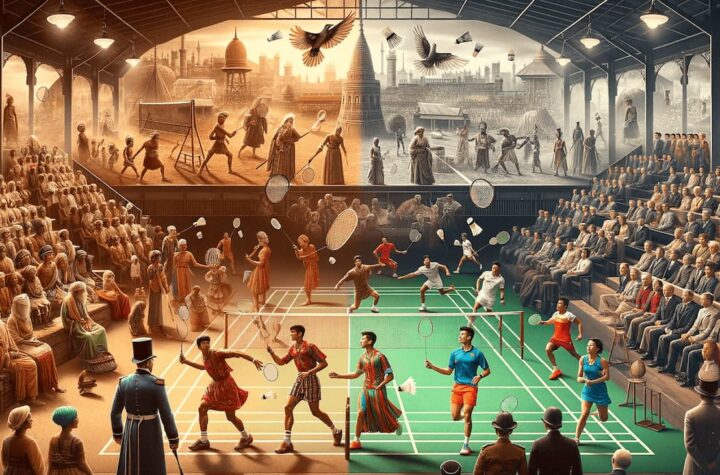
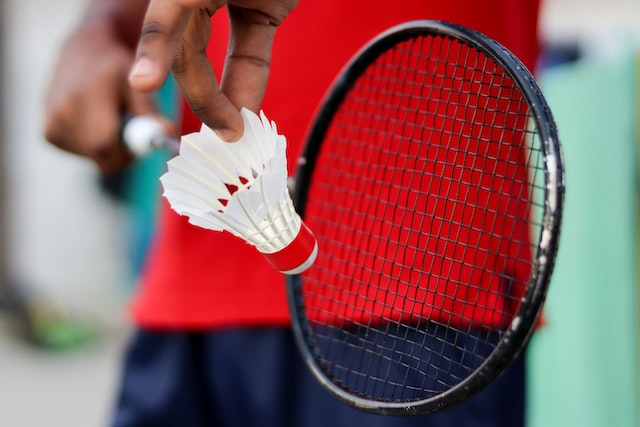
More Stories
Evolution of Badminton Rackets: From Tradition to Technology
What is the Most Common Badminton Injury
What you need to take to the pool: a list for swimming lessons